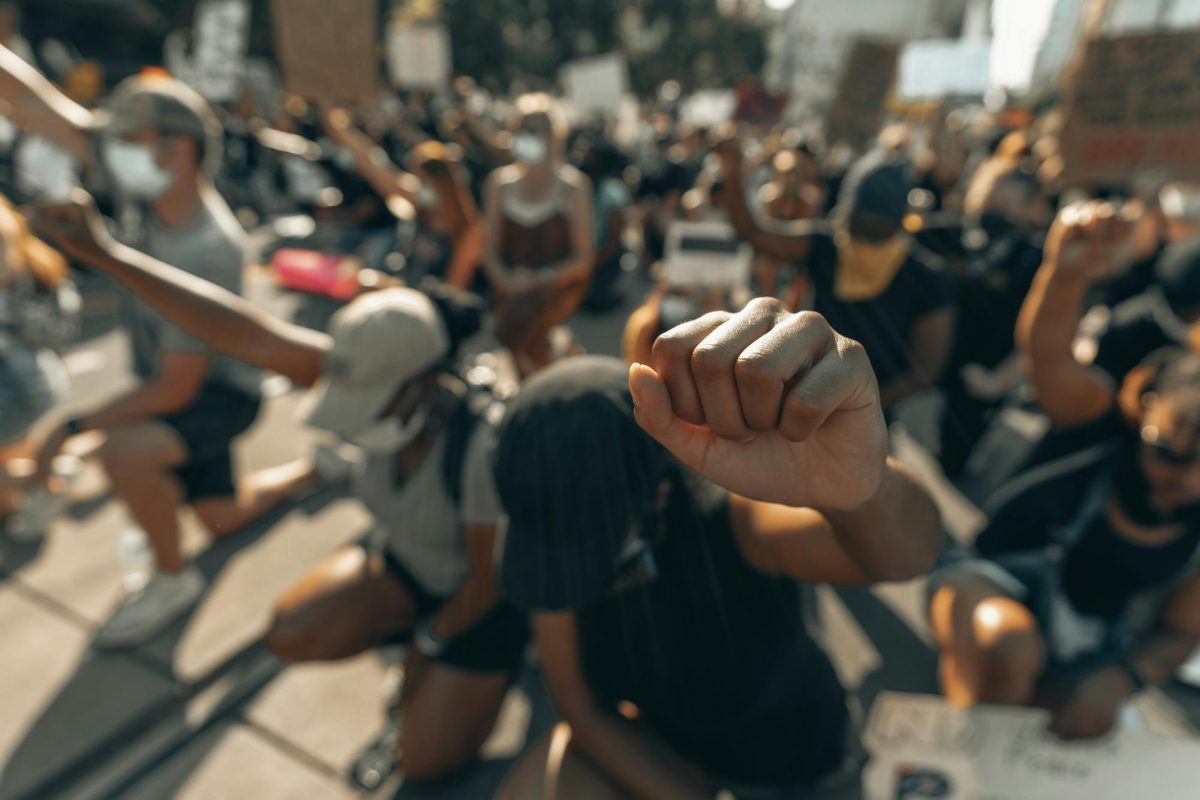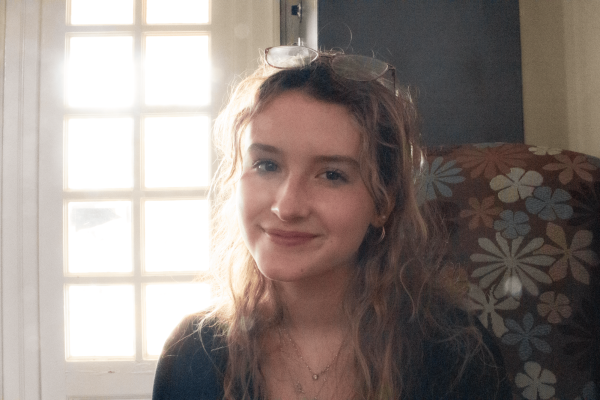We live in a distinctly digital world. Social media is deeply embedded into our lives and offers a connection to people across the world unlike anything before it. Platforms offer an ability to create connections to people we never would’ve crossed paths with before it. Across the globe, Instagram has over 2 billion users, Facebook has 3.03 billion users, and TikTok has somewhere over a billion. Each platform shows users the different lives of those they follow and opens our eyes to realities we could’ve gone our whole lives without knowing. With this increased knowledge and connection has come a new ability to connect over social justice issues. We can see behind what information we are given and experience the lives of those who are being oppressed. This unique ability to experience has given rise for a call to action in many cases, prompting fundraising campaigns, global petitions, and seemingly international movements seeking the end of such conflicts.
I opened Instagram several days after October 7th of this year to a repost of the account @eye.on.palestine, one of many social media accounts to be providing insight into the Gaza Strip. Following that moment, I’ve seen over a dozen people I follow repost death tolls and vow against the atrocities going on. Story repost after story repost calling for a ceasefire. The Instagram fundraiser for Urgent Relief for Gaza’s Children has raised over $11 million through the platform. On TikTok, a multitude of filters have risen in popularity following their creation to send funding into Palestine. There is, of course, the other side of response on social media. I’ve seen reposts of the Israeli government’s tweets, of statements supporting the Israeli side of the conflict—I’ve watched TikTok influencers send IDF soldiers care packages. Social media activism is deeply involved in this conflict. No matter the side or the backing, social media is being used to discuss and establish people’s opinions on the conflict.
The first widespread example of the power of social media as it pertains to social justice movements lies in the Arab Spring in 2010-11. It began with a protester, Mohamed Bouazizi, lighting himself on fire in Tunisia. And the fire spread. Through social media, notably Facebook, users connected across country lines to begin widespread protests throughout Tunisia, Egypt, Bahrain, Libya, Syria, Morocco, Algeria, Sudan, Lebanon, Palestine, Iraq, Jordan, Saudi Arabia, Kuwait, Yemen, and Oman. Individuals within the Arab world created large-scale connections to share the realities of their lives and spread resistance throughout the region. Protesters resisted authoritarian regimes, corruption, and poverty in the Arab world. Following Mohamed Bouazizi’s initial spark, Tunisian president Zine El Abidine Ben Ali fled to Saudi Arabia, and Tunisia held its first free elections in October of 2011. His act of defiance had gone viral and many in the Arab World took this as a chance to fight against oppression. In Egypt, President Hosni Mubarak resigned in the face of widespread protest against his thirty-year rule. In Libya, leader Mummar Gaddafi was hunted down and killed by rebel forces. In Yemen, Ali Abdullah Saleh handed over power following thirty-three years of rule. The power of social media as a method for legitimate social change was established through these protests and subsequent changes in leadership, however, there hasn’t necessarily been the widespread change imagined by protesters.
Many social media movements are more about awareness and advocacy than large scale movements against corrupt and oppressive regimes. Within the United States, the widespread Black Lives Matter protests following the police killing of George Floyd serve as an example of the relevance of social media to raise awareness. The movement brought about large-scale discussions for the change of the police system, and Derek Chauvin, the police officer responsible for the murder, was convicted of second-degree murder, a rare occurrence in cases of police brutality. The Black Lives Matter movement itself has been around since 2013, but its popularity online in 2020 was immense. Users saw the brutal police camera video of Floyd’s death and rose against it. Many of the large protests were organized and shared on social media. Social media was used as a tool to spread awareness and messages against police brutality.
The effectiveness of these movements cannot be measured in some distinct way, and whether or not they bring about legitimate social change can be questioned. Following the Arab Spring, only Tunisia has had long lasting democratic progress, internet freedom, and losses in corruption. Many of the countries involved in the Arab Spring still face widespread issues similar to those before the protests. Syria, in particular, has been embroiled in civil war ever since, as has Yemen. From the resurgence of the Black Lives Matter movement emerged widespread policy discussions, but to this day there remains the same issues the organization has been fighting since 2013: white supremacy and violence against black communities. There are obvious flaws in evaluating movements based on defining goals against problems that have been prevalent in societies for decades, and it is likely that there was no possible way for a single movement at a single time to eradicate such social issues. Instead, effectiveness can be evaluated through progress, something which has been seen following both the Arab Spring and Black Lives Matter resurgence.
It will be tough to tell whether or not the social media movement of support towards Palestine will be effective, the simplest of reasons being that the conflict is still ongoing. The fight between Israel and Palestine has been going on, similarly as the other movements, for decades. It is impossible to claim social media, with its filters and fundraisers, will do anything to help the people of Gaza. Relevant to the movement has been the boycott of many brands known to support Israel. Starbucks in particular has faced an $11 billion dollar hit in value, totaling nine percent of their companies total value. What these boycotts will do is indeterminable in the long run. Their relevance comes from the ability of social media to mobilize movements and forms of protest. There is an obvious prevalence of the power of a movement when it comes to the monetary losses faced by the boycott.
Activism on social media has become a defining element of modern social justice movements. Individuals are able to advocate for themselves and others in ways unimaginable before such platforms existed. Online discussions about such a wide variety of social justice issues can turn into powerful action. And the ongoing conflict between Palestine and Israel has once again pushed social media users into action.
Sources:
https://online.maryville.edu/blog/a-guide-to-social-media-activism/
https://www.aljazeera.com/news/2020/12/17/what-is-the-arab-spring-and-how-did-it-start
https://www.cfr.org/article/arab-spring-ten-years-whats-legacy-uprisings#chapter-title-0-1


